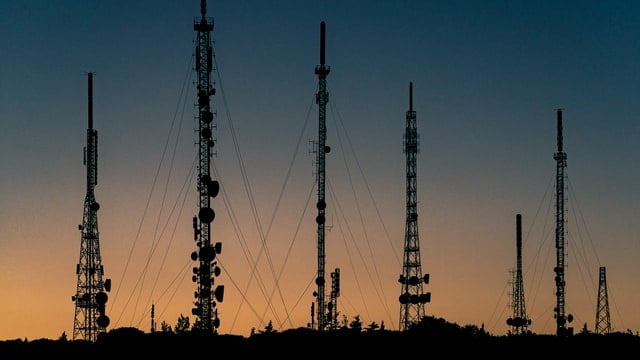There is little argument that Lightning poses an enormous threat to telecommunication, radio and TV towers. These towers are constructed of steel and designed to be the highest structures in the surrounding area in order to supply communication with no interruptions.
There is a higher probability of Lightning hitting the sharpest and tallest object in an area. Furthermore, lightning current reaches the ground by following the shortest and most conductive way. That is why a telecommunication tower which is a tall metal structure becomes the primary target for lightning strikes.
When lightning strikes the top edge of a tower, the current flows downward to the ground and damages all electronic equipment like radomes, radios, antennas, dishes, cameras, etc… On the way to the ground, lightning current can leak and jump into nearby structures and shelters that result in permanent damage to sensitive electronic devices and equipment.
Lightning arresters endeavour to attract lightning in order to divert lightning energy to earth. There are a number of different scientifically proven solutions but typically they are installed on the highest points of the structure and connected to a downconductor cable which is bonded to a grounding system and then to earth. The purpose is to attract lightning before it reaches any other object and allow the lightning current to flow down to the ground and dissipate the energy through the earth.



